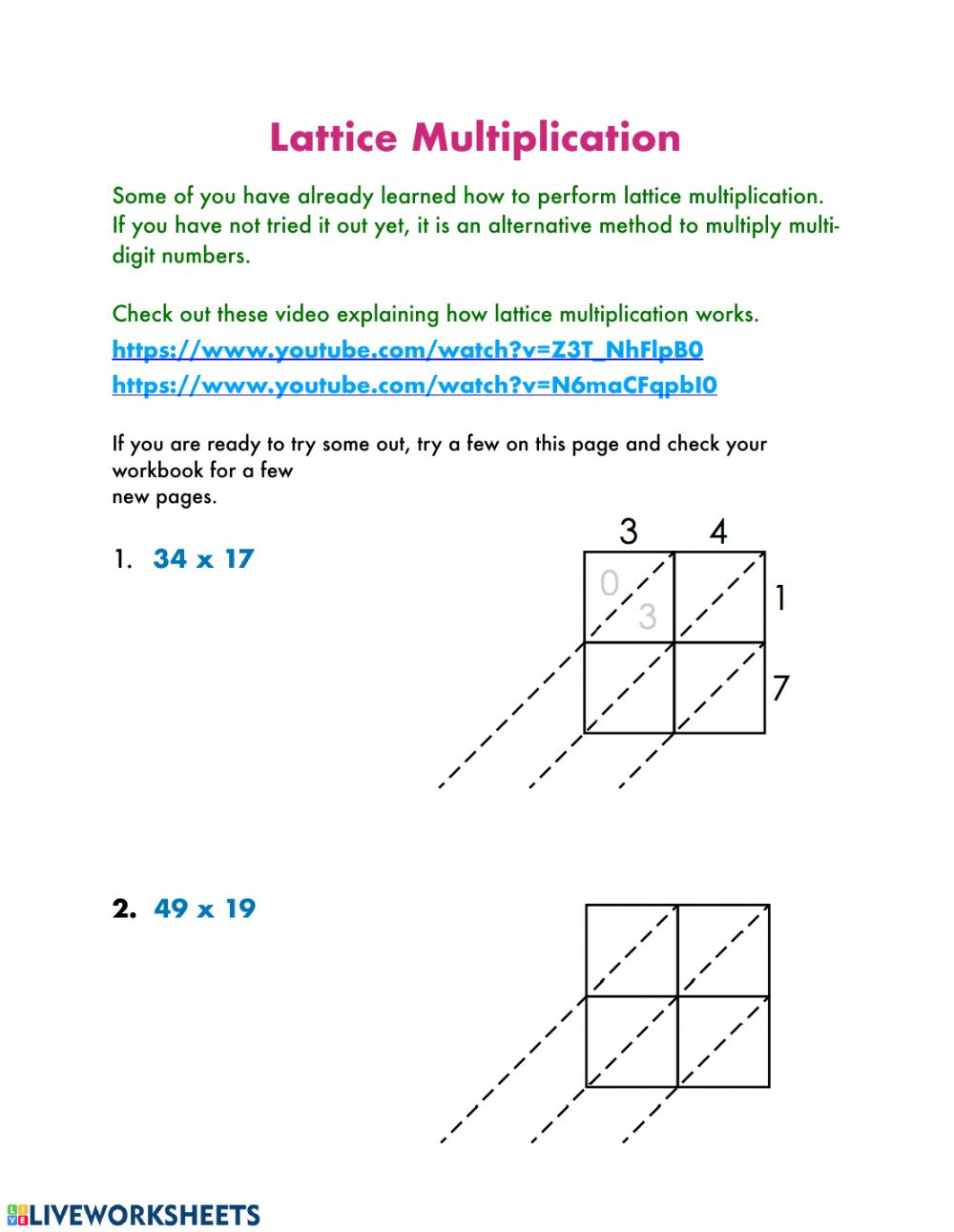

Origin of voltage decay in high-capacity layered oxide electrodes. Promise and reality of post-lithium-ion batteries with high energy densities. Li‐and Mn‐rich cathode materials: challenges to commercialization. Reversible anionic redox chemistry in high-capacity layered-oxide electrodes. Fundamental understanding and practical challenges of anionic redox activity in Li-ion batteries.

Evolution of redox couples in Li- and Mn-rich cathode materials and mitigation of voltage fade by reducing oxygen release. Cationic and anionic redox in lithium-ion based batteries. These findings highlight the significance of lattice strain/displacement in causing voltage decay and will inspire a wave of efforts to unlock the potential of the broad-scale commercialization of LMR cathode materials. We therefore propose mesostructural design as a strategy to mitigate lattice displacement and inhomogeneous electrochemical/structural evolutions, thereby achieving stable voltage and capacity profiles. By carrying out micro- to macro-length characterizations that span atomic structure, the primary particle, multiparticle and electrode levels, we demonstrate that the heterogeneous nature of LMR cathodes inevitably causes pernicious phase displacement/strain, which cannot be eliminated by conventional doping or coating methods. Evidence shows that this effect is the driving force for both structure degradation and oxygen loss, which trigger the well-known rapid voltage decay in LMR cathodes. However, although voltage decay issues cause continuous energy loss and impede commercialization, the prerequisite driving force for this phenomenon remains a mystery 3, 4, 5, 6 Here, with in situ nanoscale sensitive coherent X-ray diffraction imaging techniques, we reveal that nanostrain and lattice displacement accumulate continuously during operation of the cell. However, making this addition should be trivial.Li- and Mn-rich (LMR) cathode materials that utilize both cation and anion redox can yield substantial increases in battery energy density 1, 2, 3.
#Lattice method simulator
I've not added this because the simple flight simulator only uses simple aircraft geomtry, It's worth noting the theory states a method to introduce wing twist to the model.
#Lattice method code
A description of this code is also given in the theory. The program vfil.m is a dependency of single_lifting_surface_vlm.m. Have been chosen to make it easy to verify this model by matching them with the outputs given by N. The program, single_lifting_surface_vlm.m, outputs the lift coefficient, induced drag coefficient and induced drag factor of a finite wing of user specified geometry. Sandham for a very clear and concise description of the model's theory.


This program was made with the intention of becoming the foundation of the aerodynamic theory behind a simple flight simulator.Īs such it will probably be useless to most people, but is here purely to give evidence of the flight simulator's background. The original program and theory this method is based on is given here. This code goes further than the original introducing wing taper, Sandham at the University of Southampton. It is based on an original vortex lattice method by Professor N. This is a proof of concept vortex lattice method for a flat plate finite wing. The effects of changing aspect ratio, sweep angle and dihedral angle. The model is suitable for low speed aerodynamics and accurately models A proof of concept vortex lattice method for modelling a thin, flat-plate finite-wing.


 0 kommentar(er)
0 kommentar(er)
